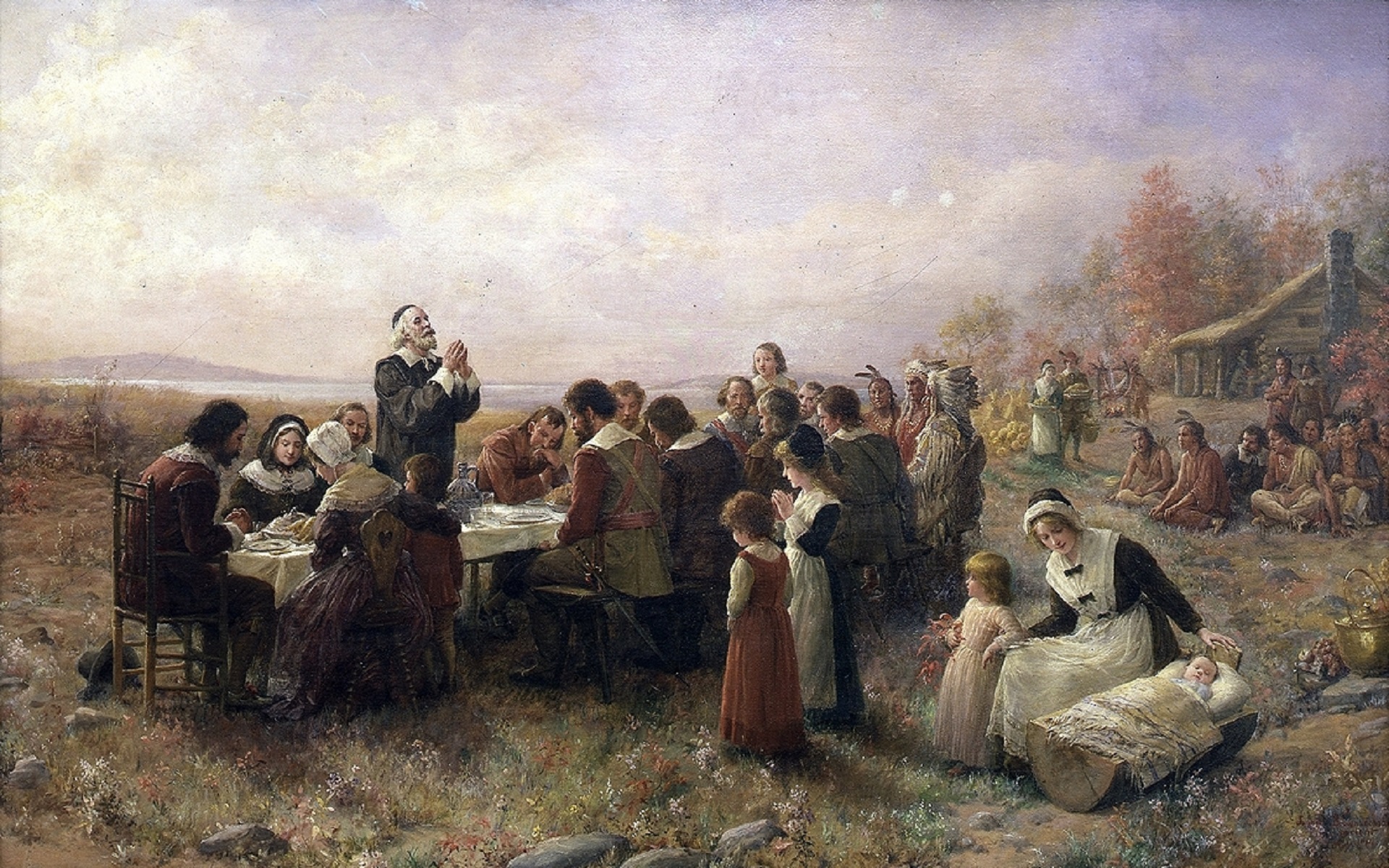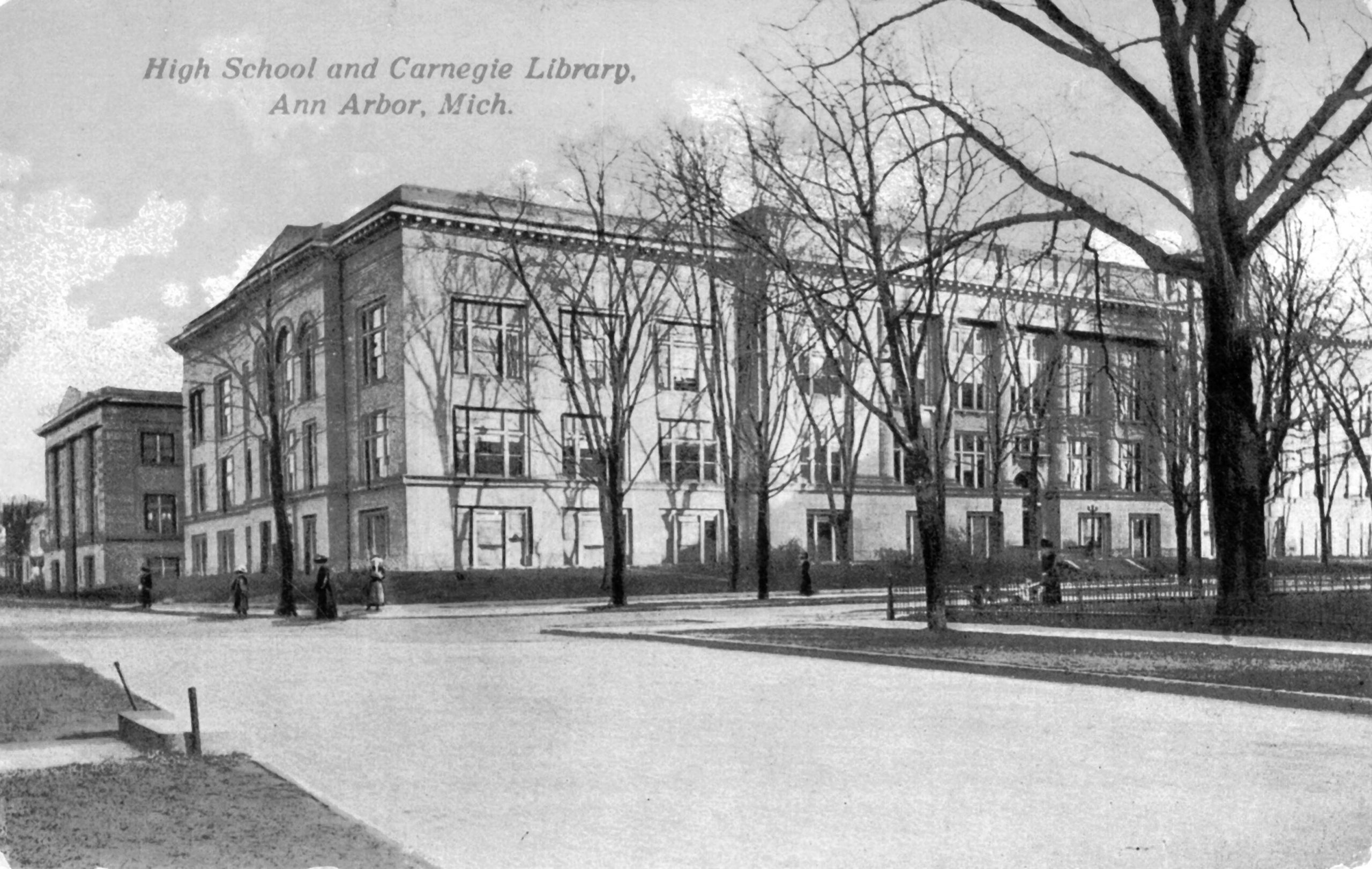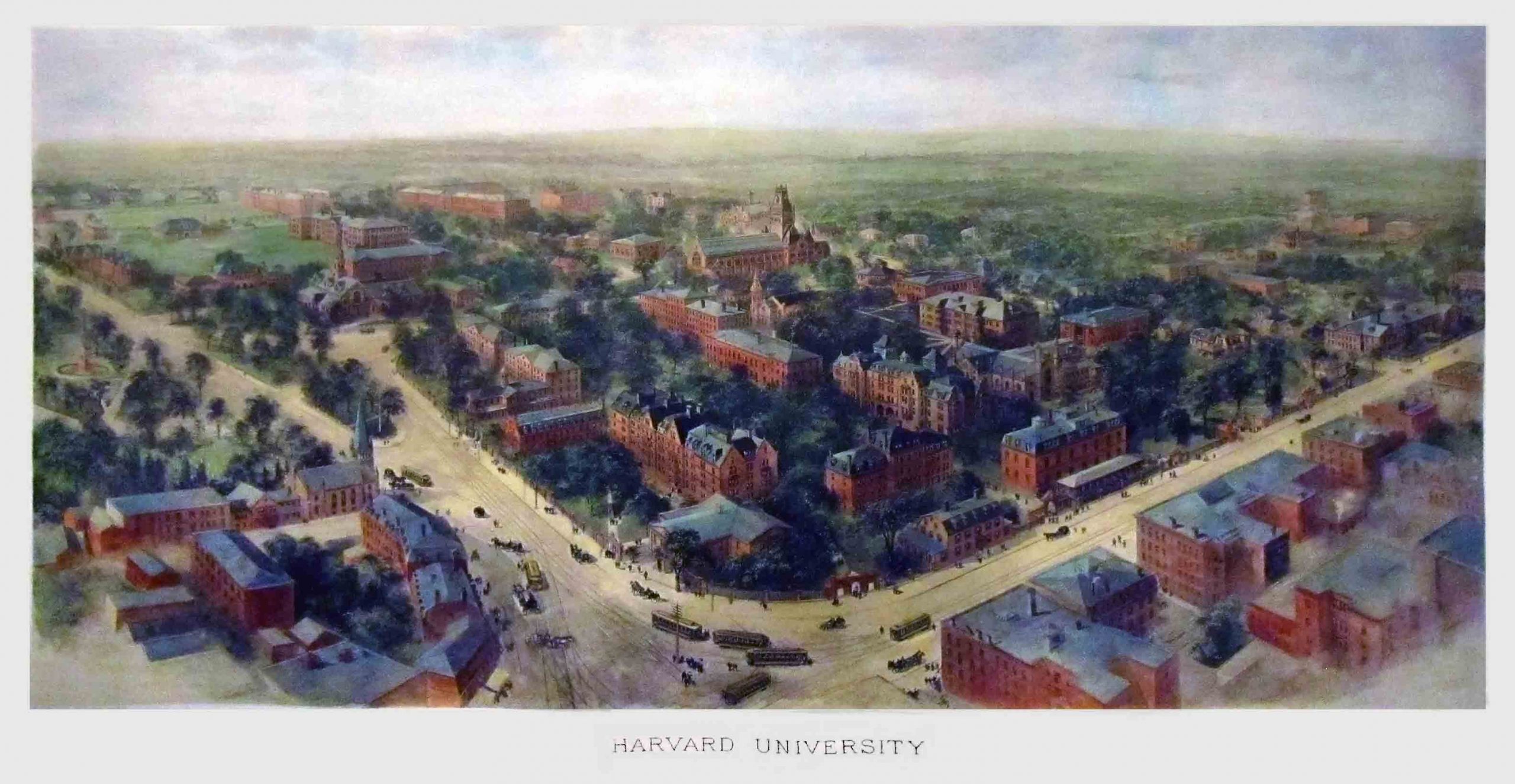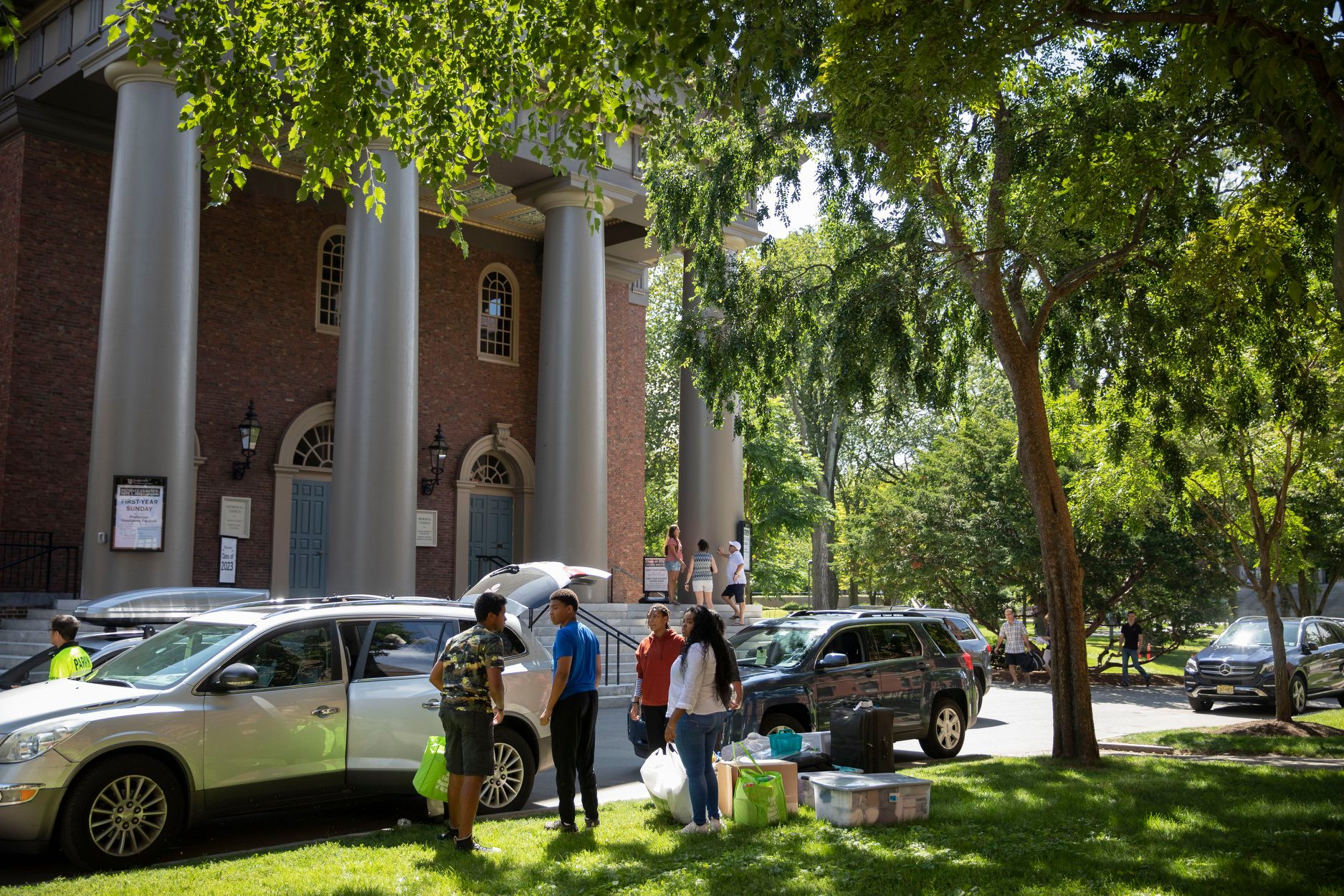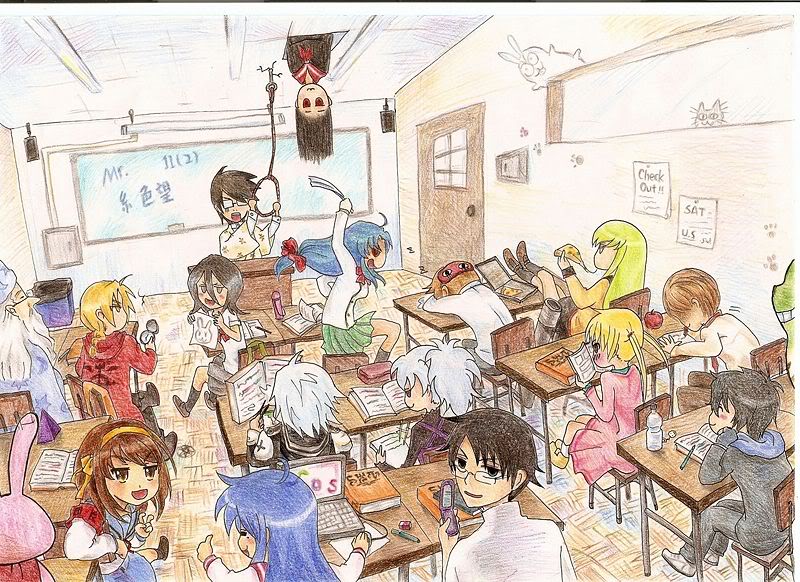American Planning Association
- Home Page 16

Breakfast Beer
…A Study of Beer and Brewing in 18th-Century England… | Bryan A. Guderian, 2001
- Beer was the standard breakfast beverage for English people in the early 17th century, including the Pilgrims (many of whom were Separatists from Scrooby, England). Water was often unsafe or distrusted, especially in new settlements, so even children and pregnant women drank “small beer” (low-alcohol, around 1–3% ABV).
- The Mayflower’s cargo manifest and passenger accounts show they brought large quantities of beer. Edward Winslow’s letter (December 1621) mentions they were running dangerously low on beer by late 1621, implying it was a daily staple they were rationing.
- William Bradford (governor of Plymouth) wrote in Of Plymouth Plantation that when the Mayflower arrived, the crew was anxious to leave because their beer was nearly gone—they considered beer essential for health and survival.
- On the day of the 1621 harvest celebration itself, the Wampanoag guests (90+ men) arrived unexpectedly. The English served what beverages they had, and surviving accounts suggest beer was among them (along with whatever distilled spirits or wine remained).
Meadowbrook Elementary School Kindergarten Thanksgiving Play
Hampden County Massachusettshttps://t.co/Fp44r9rrzUhttps://t.co/4ZhUXZSzdT pic.twitter.com/y7WV7exWlg— Standards Michigan (@StandardsMich) November 25, 2025
Schenkingen
“The secret of great fortunes without apparent cause
is a crime forgotten, for it was properly done.”
Are they hedge funds with a side hustle in teaching, research and building construction? Are they tricked out memorial gardens for philanthropists? In either case leaders of educational settlements are expected to act in the best interests of both their institution and their donors, and to maintain high standards of transparency, accountability, and ethical conduct when accepting charitable gifts.
University endowments are comprised of money or other financial assets that are donated to academic institutions. Charitable donations are the primary source of funds for endowments. Endowment funds support the teaching, research, and public service missions of colleges and universities.
In the case of endowment funds for academic institutions, the income generated is intended to finance a portion of the operating or capital requirements of the institution. In addition to a general university endowment fund, institutions may also maintain a number of restricted endowments that are intended to fund specific areas within the institution, including professorships, scholarships, and fellowships.
More
2021 NACUBO-TIAA Study of Endowments
University of Michigan: Policy Guidelines for Naming of Facilities, Spaces and Streets
Dartmouth University Endowment Report 2023
https://www.dartmouth.edu/investments/docs/dartmouthendowmentreport2023.pdf
The largest philanthropic gift ever given to a United States college or university is the donation of $9.6 billion made by MacKenzie Scott to various organizations, including several universities, in 2020. Scott, the ex-wife of Amazon founder Jeff Bezos, made the donation as part of her commitment to give away the majority of her wealth to charitable causes. The universities that received donations from Scott include historically black colleges and universities, community colleges, and research universities such as the University of California, San Diego, and Johns Hopkins University. The donation was considered significant not only for its size but also for its focus on supporting organizations that serve underrepresented and marginalized communities.
There are several standards and best practices that are generally followed by universities and colleges when accepting charitable gifts. These standards are designed to ensure that the gift is used effectively and that the interests of both the donor and the institution are protected. Some of the key standards include:
- Transparency and accountability: Universities and colleges are expected to be transparent about how gifts are used and to provide regular reports to donors on the impact of their gifts.
- Due diligence: Universities and colleges are expected to conduct due diligence on potential donors to ensure that their gifts do not create conflicts of interest or ethical concerns.
- Gift acceptance policies: Many universities and colleges have established gift acceptance policies that outline the types of gifts that will be accepted and the procedures for accepting them.
- Donor recognition: Universities and colleges are expected to recognize donors in an appropriate and meaningful way, while avoiding actions that could be seen as an endorsement of the donor’s business or political interests.
- Ethical fundraising: Universities and colleges are expected to follow ethical fundraising practices, including avoiding pressure tactics or misleading information, and ensuring that donors are aware of any tax implications of their gifts.
Overall, universities and colleges are expected to act in the best interests of both their institution and their donors, and to maintain high standards of transparency, accountability, and ethical conduct when accepting charitable gifts.
NGO, QUANGO or Something Else: How Harvard and Other Colleges Manage Their Endowments
Bill Ackman: Anti-Semitism at Harvard
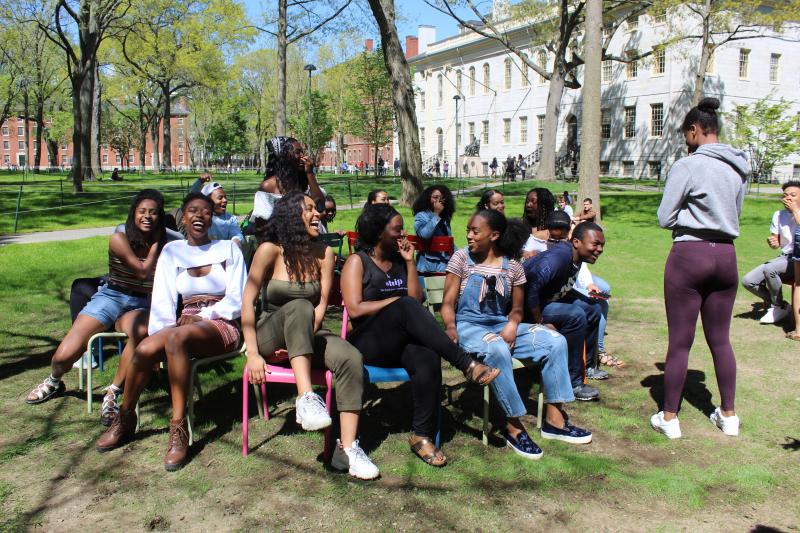
Harvard Black Students Association: “Harvard is ‘Ours’ Now”
Dr. Claudine Gay Doctoral Dissertation
“Taking charge: Black electoral success and the redefinition of American politics”
- In Challenging Year, Higher Education Endowments See Declines in Returns and Values but Boost Overall Spending, NACUBO-TIAA Study Finds
- NACUBO 2023: Commonfund Study of Endowments
- Harvard University Financial Administration Report: June 30, 2023
Related:
Plenums & Ceilings
Today at the usual hour we explore the literature, standards and codes that inform the design, construction, safety and sustainability of interior ceiling structures.
Educational classroom ceilings are shaped less by bold engineering and more by decades of accumulated institutional experience and unwritten tradition. Acoustics dominate: generations of teachers complained about echo and poor speech intelligibility, so by the 1950s–60s, suspended acoustic tile systems on metal grids became the default.
Case histories—fire tragedies like Our Lady of the Angels (1958) and later the Station nightclub fire—pushed strict flame-spread ratings, reinforcing mineral-fiber tiles and sprayed fireproofing on structure. Height settled around 9–10 ft (2.7–3 m) because pre-1970s HVAC systems needed plenum space above grids, and higher ceilings raised heating costs during the 1973 oil crisis; those budget lessons stuck.
Daylight and glare studies from the 1990s onward encouraged flat, matte white surfaces to diffuse light without hot spots. Modern codes merely codify what thousands of past classrooms already “already worked”: quiet, fire-safe, affordable, and bright enough. Tradition, filtered through decades of trial, error, and budget sign-offs, quietly dictates the design more than any single regulation.
Use the login credentials at the upper right of our home page.
In the United States, where the International Building Code (IBC) or its variants sets the standard, ceiling heights for habitable spaces and corridors—this includes most square footage in educational facilities—can be no lower than 7 feet 6 inches (2.29 m). Basements and non-habitable spaces may be as low as 7 feet 0 inches.
There is no single nationwide building code that directly mandates a specific maximum or minimum height for an auditorium, however. The allowable height of an auditorium (measured as floor-to-ceiling height or story height) is determined by a combination of the adopted model building code and fire code in that jurisdiction, along with the building’s occupancy classification, construction type, sprinkler protection, and sometimes egress/accessible means of egress requirements.
Case Histories:
New update alert! The 2022 update to the Trademark Assignment Dataset is now available online. Find 1.29 million trademark assignments, involving 2.28 million unique trademark properties issued by the USPTO between March 1952 and January 2023: https://t.co/njrDAbSpwB pic.twitter.com/GkAXrHoQ9T
— USPTO (@uspto) July 13, 2023
Standards Michigan Group, LLC
2723 South State Street | Suite 150
Ann Arbor, MI 48104 USA
888-746-3670


